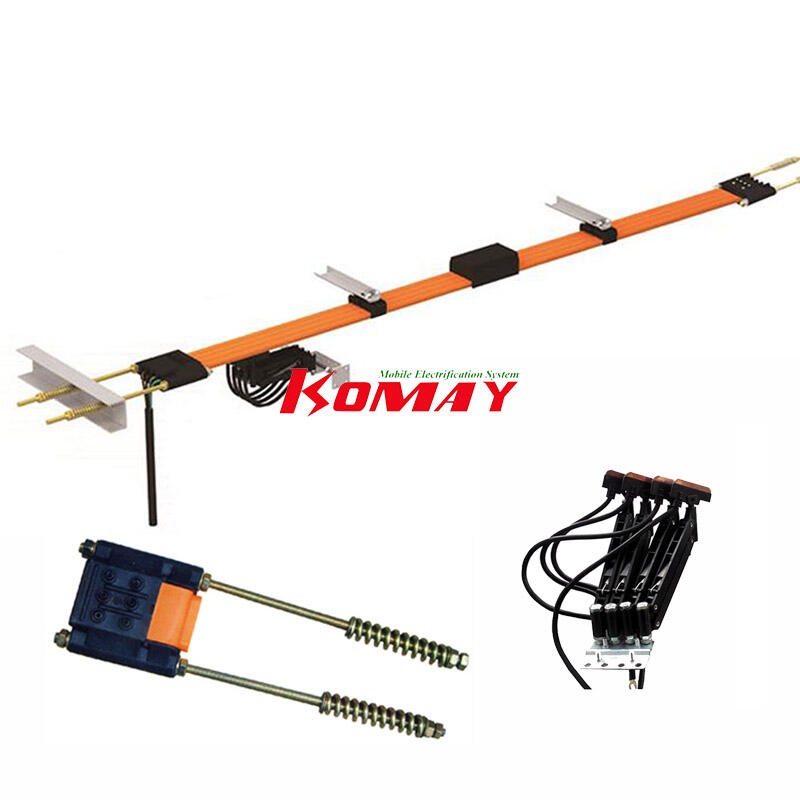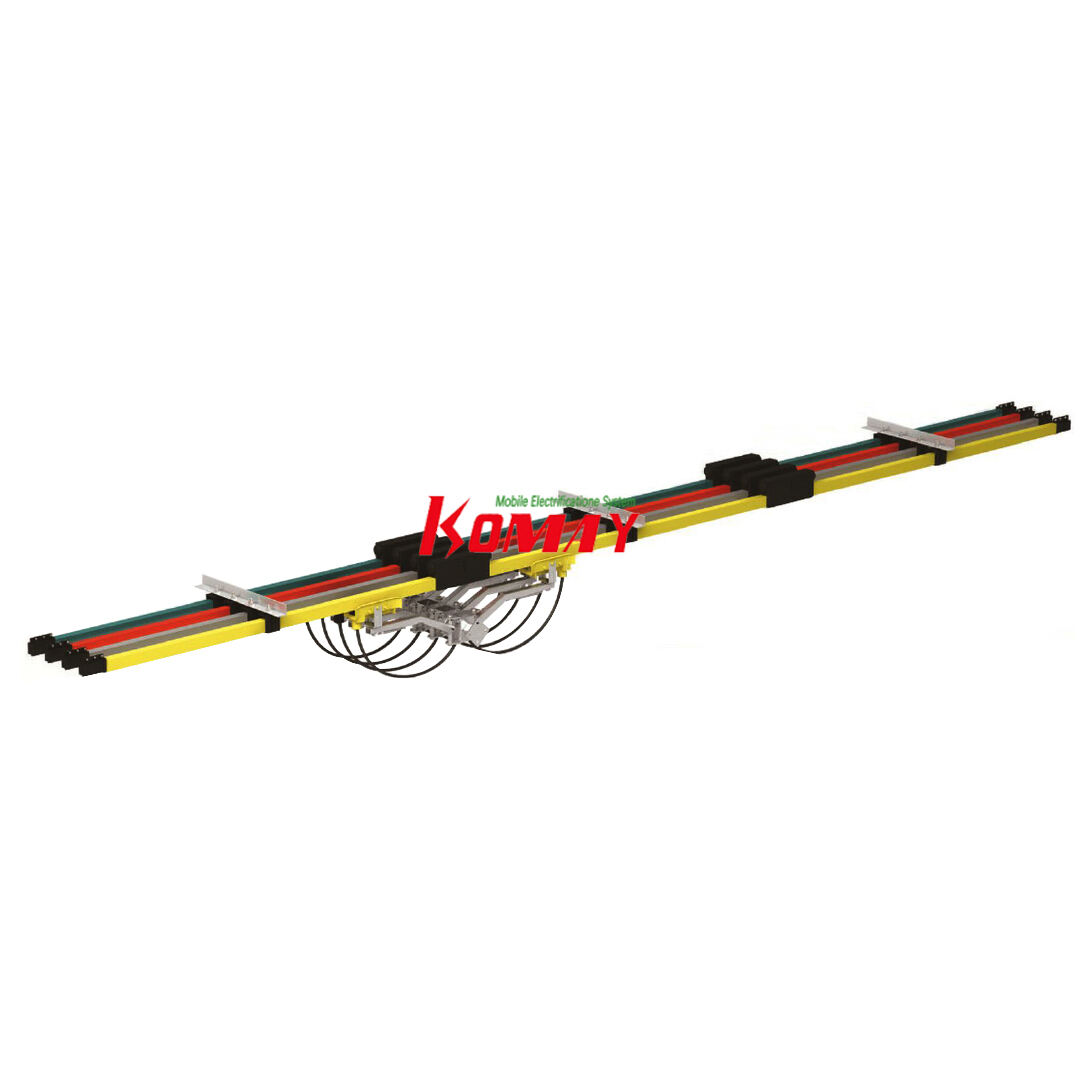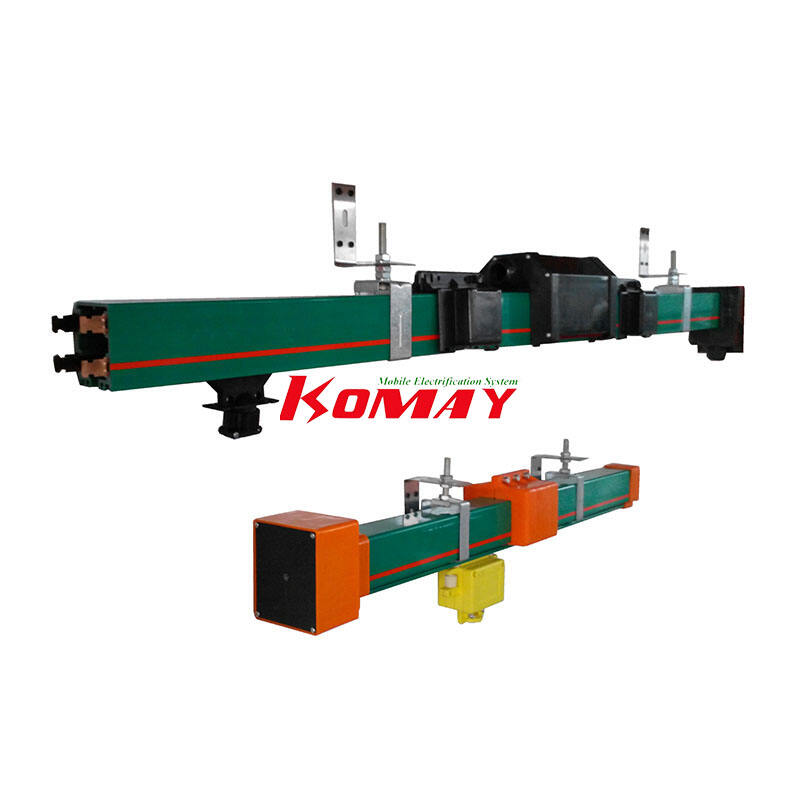The current market presents an extensive number of sliding contact line choices which makes selection extremely difficult. Sliding contact lines find their use in industrial and commercial applications because they provide accurate and reliable transmission of power and data between moving parts. To select your specific sliding contact line requirements this guide presents all essential information about Wuxi Komay products.
Understanding Sliding Contact Lines
People should depend on correct knowledge to make their decisions about sliding contact lines. A sliding contact line exists both as an apparatus for powering mobile machinery and equipment through its conductor bar system and mobile conductor system functionality. Sliding contact lines provide power delivery capabilities to different mechanical systems such as cranes and monorails and automated warehouses among other equipment with moving power requirements.
Sliding contact lines exist in various configurations using multiple materials in order to meet specific performance requirements. The major categories of sliding contact lines comprise festoon systems and enclosed conductor rails and insulated conductor bars. All individuals starting a selection process for sliding contact lines need to comprehend each available type

Assessing Your Application Needs
The first requirement to choose an optimal sliding contact line needs comprehensive evaluations of all needed application specifications. Consider key factors such as:
Electrical Current Rating: Determine the current and voltage requirements of your system. Your electrical load demand for the sliding contact line requires proper performance range selection to prevent failures and ensure efficiency.
Perform an assessment of all elements that impact the operation site of the sliding contact line. The environmental conditions comprising temperature range together with humidity levels along with chemical exposure to corrosive substances and dust particles and salt needs evaluation.
The mechanical properties require evaluation to include speed and frequency movement data together with load capacity limits and installation capacity limitations. It becomes significantly challenging to pick the appropriate sliding contact line because numerous options exist throughout the market today. Industrial and commercial applications use sliding contact lines because they enable precise reliable power and data transfers between moving parts. The following guide explains all necessary factors which help you choose the ideal sliding contact line for your particular requirements.

Understanding Sliding Contact Lines
People should base their decisions on clear knowledge about sliding contact lines. A sliding contact line functions as a conductor bar system and mobile conductor system which operates as an apparatus for powering mobile machinery and equipment. Sliding contact lines serve various power delivery needs for cranes, monorails and automated warehouses and similar equipment systems that function with dynamic power demands.
Several different configurations together with materials exist for sliding contact lines to fulfill distinct performance requirements. Festoon systems and enclosed conductor rails along with insulated conductor bars belong to the list of sliding contact line varieties. The types must be well-understood by anyone starting a selection process for sliding contact lines
Assessing Your Application Needs
The initial step before selecting an appropriate sliding contact line demands an in-depth evaluation of all application requirements. Consider key factors such as:
Electrical Current Rating: Determine the current and voltage requirements of your system. The electrical load requirement of your sliding contact line must be within its performance range to safeguard against safety failures and maintain operational efficiency.
Examine all environmental factors which affect the sliding contact line operation site. Temperature ranges together with humidity levels and chemical exposure and corrosive substances and dust and salt form the environmental factors which need evaluation.
The mechanical properties require evaluation to include speed and frequency movement data together with load capacity limits and installation capacity limitations. Strong consideration should be given to the required maintenance because a system needing minimal upkeep reduces project expenses while maintaining system operation continuity.
The valuable support from manufacturers along with their user manuals and installation guides help both simplify the whole process and provide ongoing assistance to users.
Conclusion
The process of selecting appropriate sliding contact lines involves conducting two essential steps that include application requirement assessment and material selection and evaluation of safety parameters with operational and maintenance requirements. Your system performance will transform through the selection of your sliding contact line after systematic evaluation of important factors. Your investment protection based on the right choice will deliver operational upgrades and longer lifespan for your investments.

 EN
EN
 AR
AR
 HR
HR
 CS
CS
 DA
DA
 NL
NL
 FI
FI
 FR
FR
 DE
DE
 EL
EL
 HI
HI
 IT
IT
 JA
JA
 KO
KO
 NO
NO
 PL
PL
 PT
PT
 RO
RO
 RU
RU
 ES
ES
 SV
SV
 TL
TL
 IW
IW
 ID
ID
 LV
LV
 LT
LT
 SR
SR
 SK
SK
 UK
UK
 VI
VI
 SQ
SQ
 HU
HU
 TH
TH
 TR
TR
 AF
AF
 MS
MS
 BN
BN
 MN
MN
 KK
KK
 KY
KY
